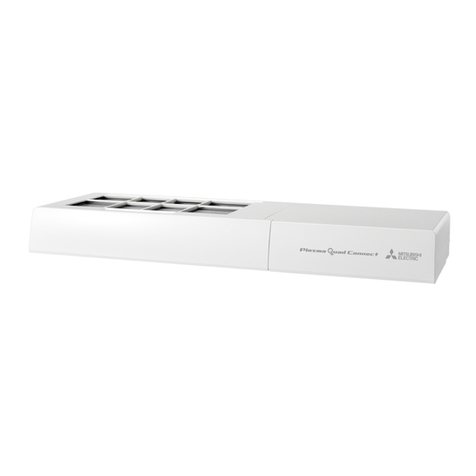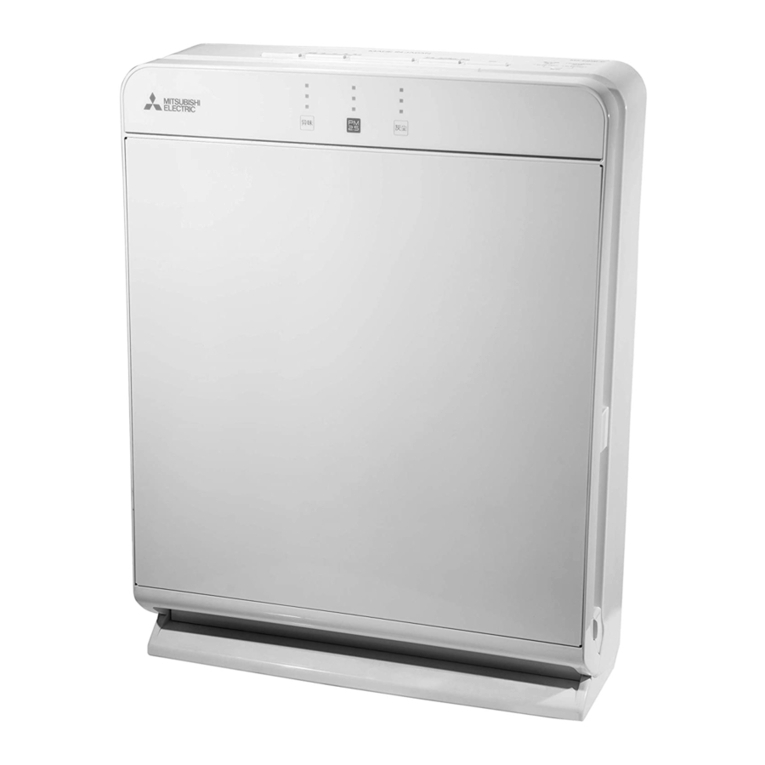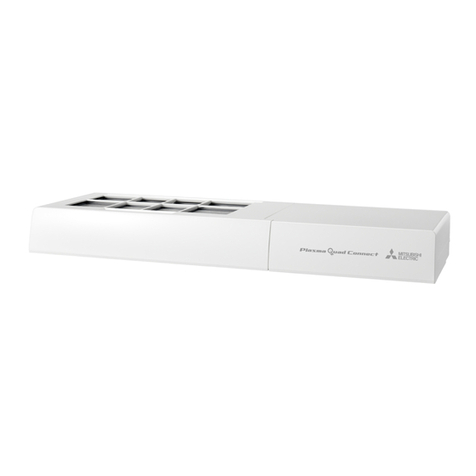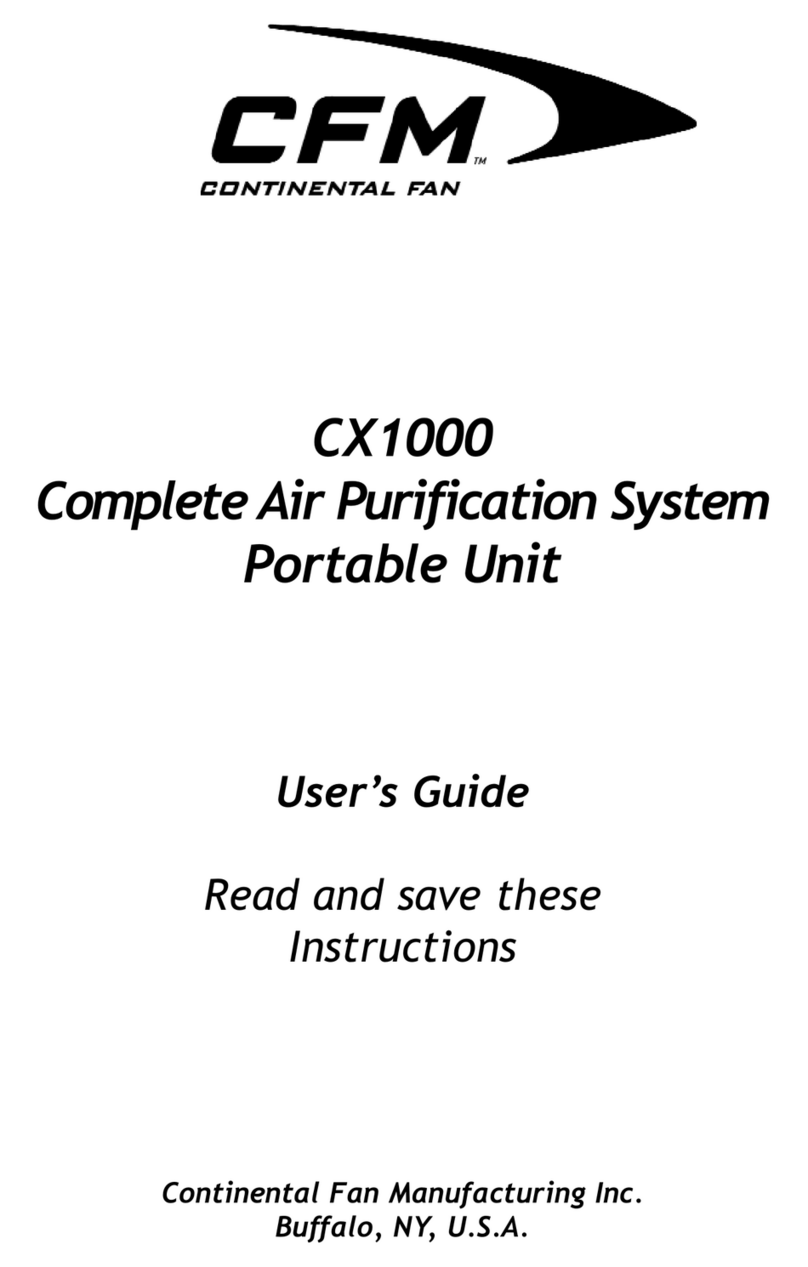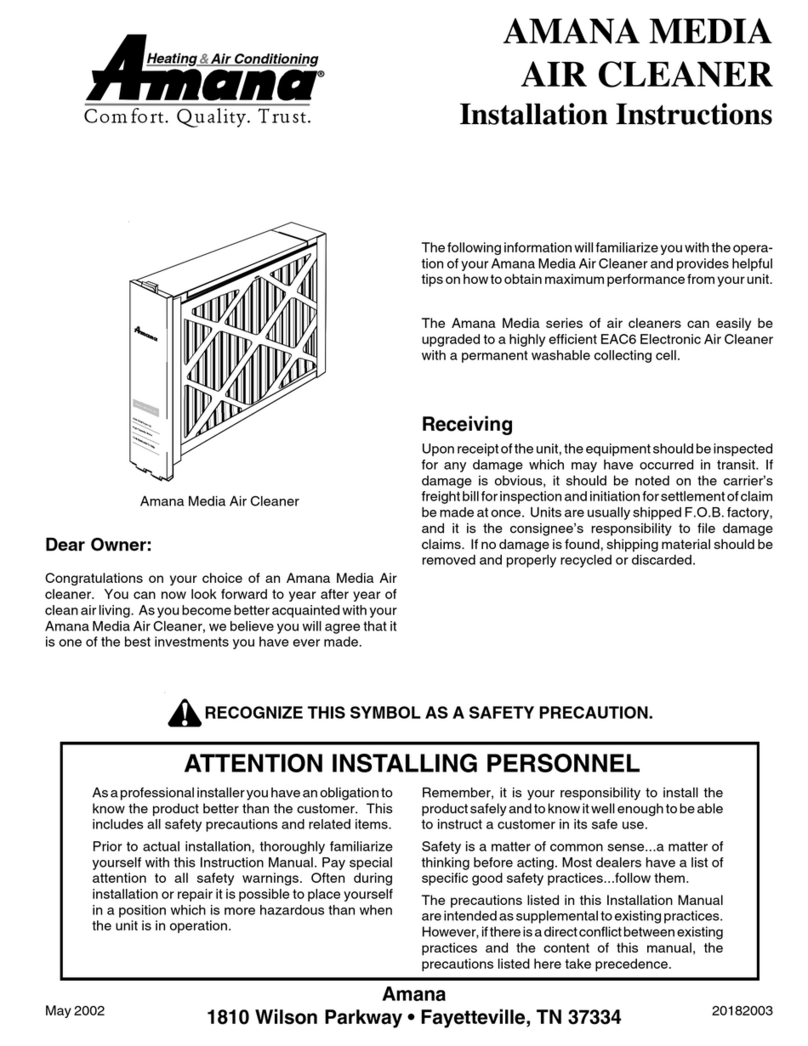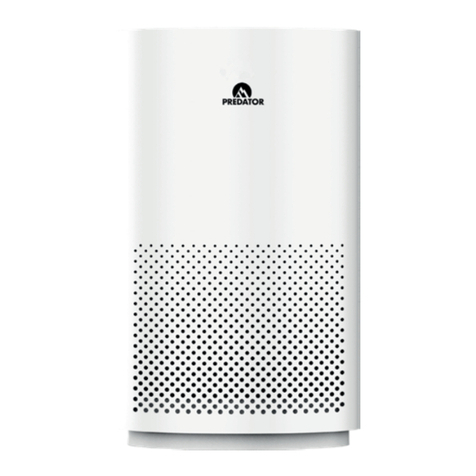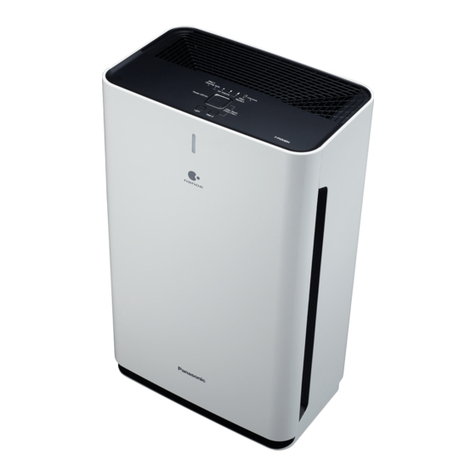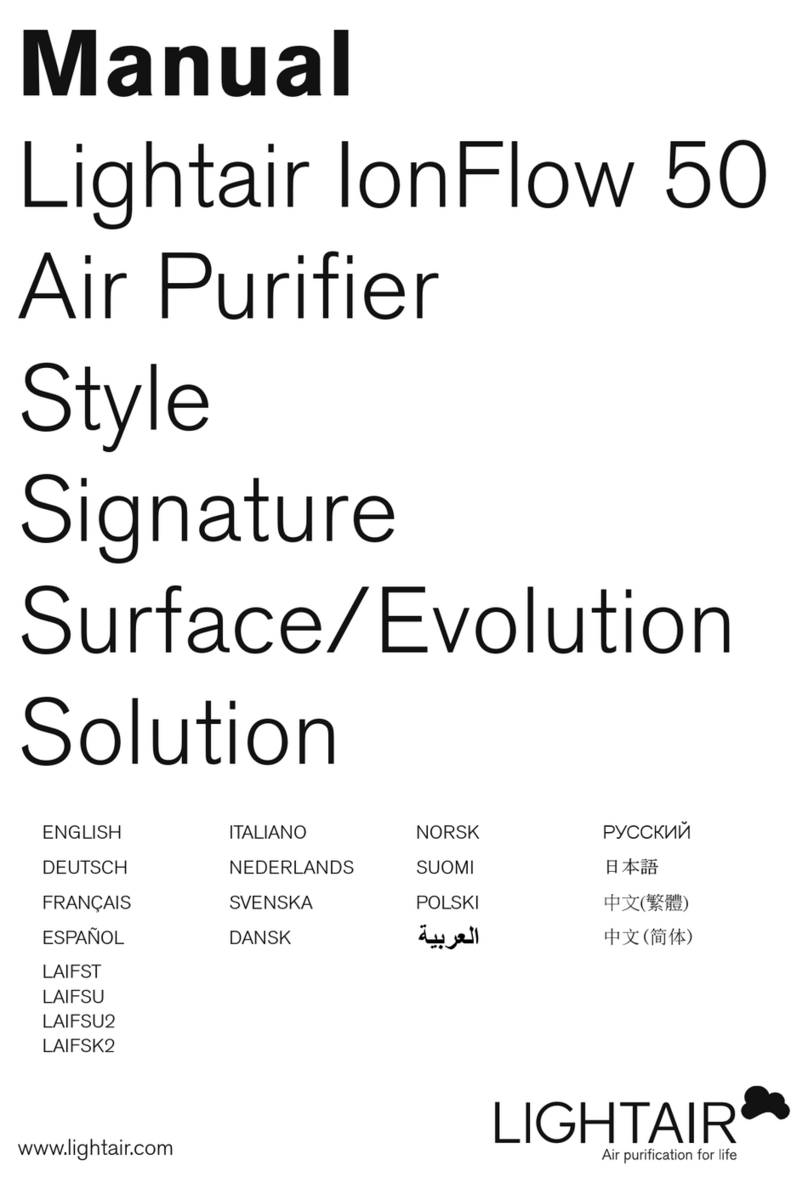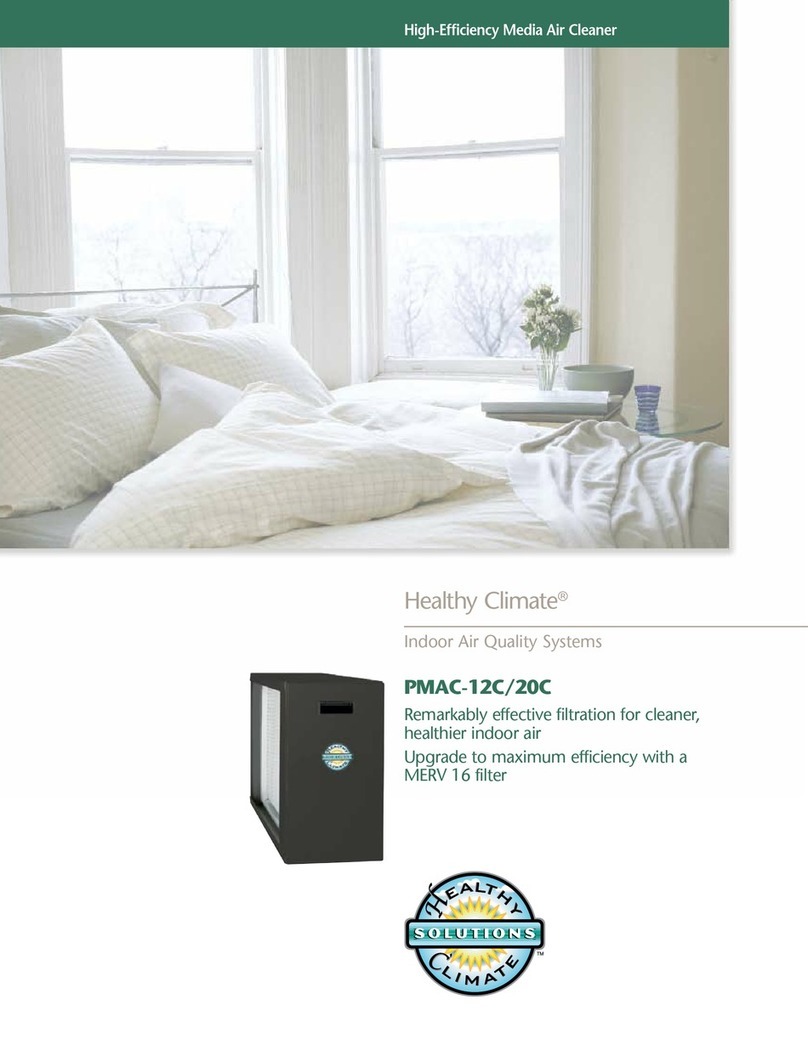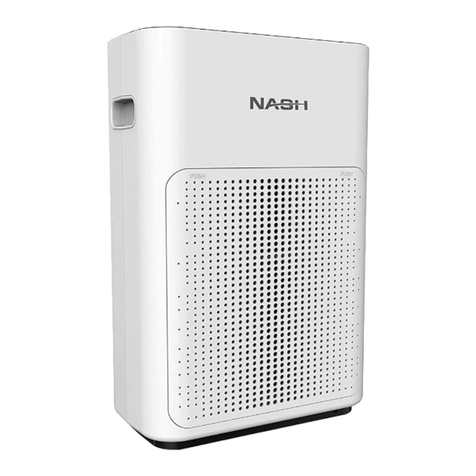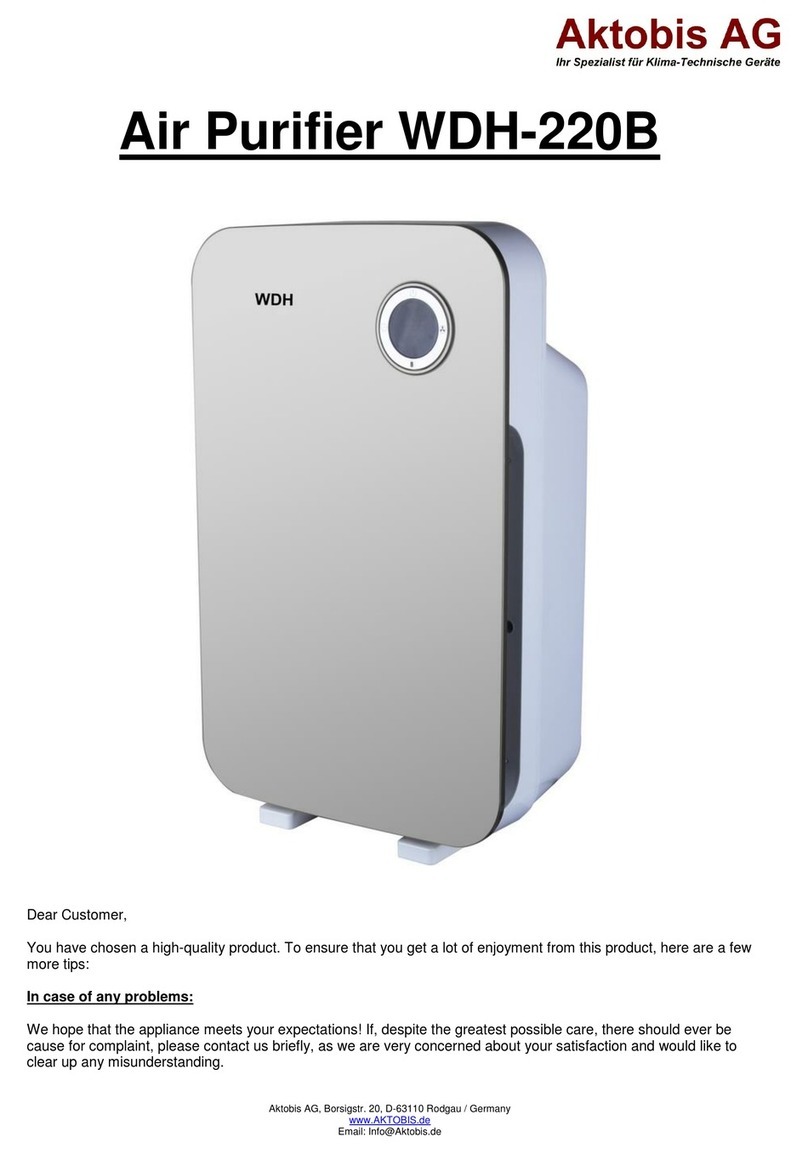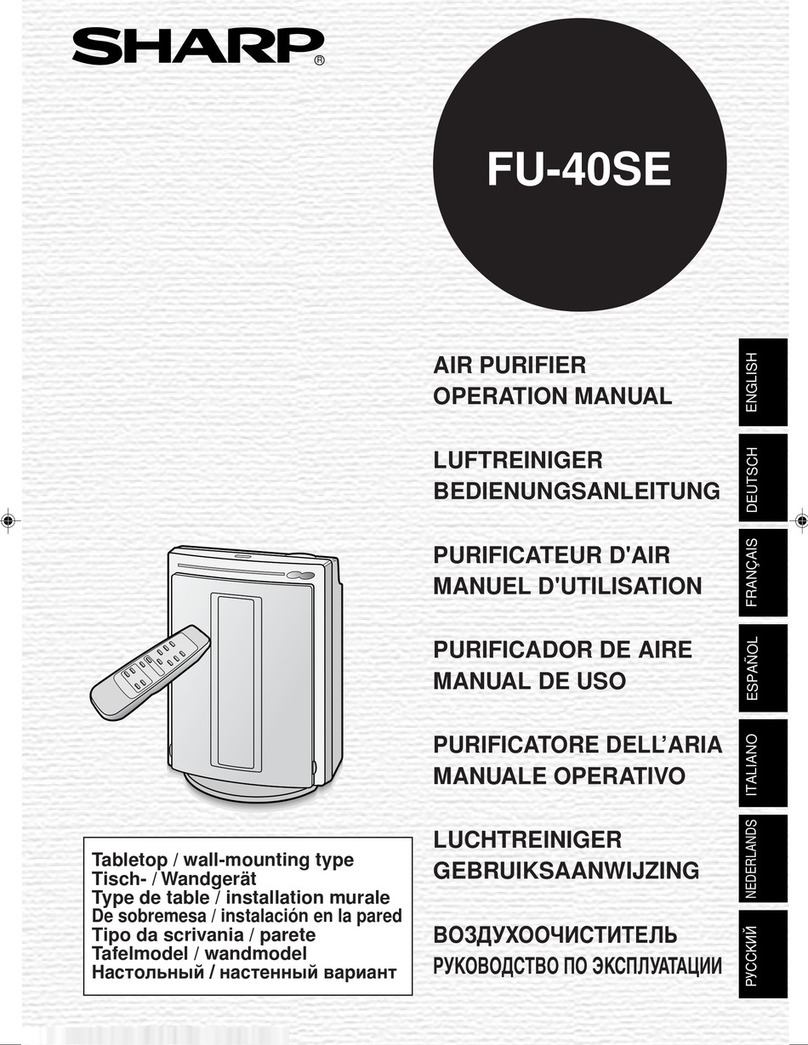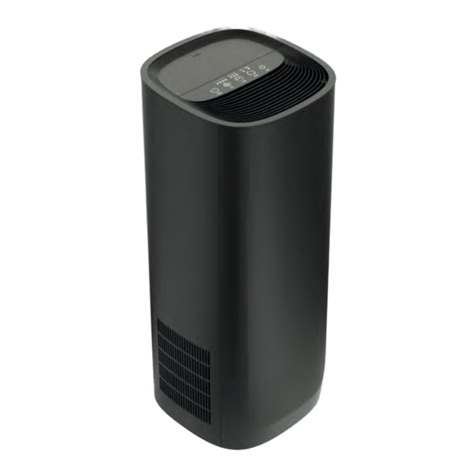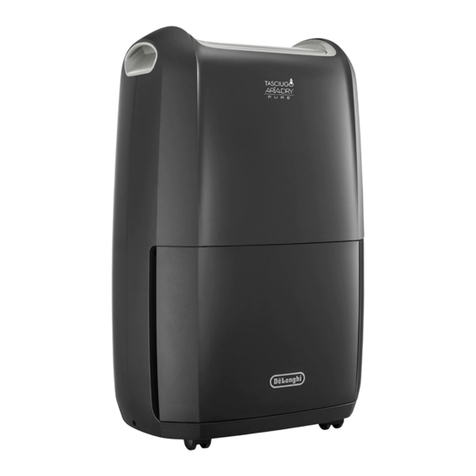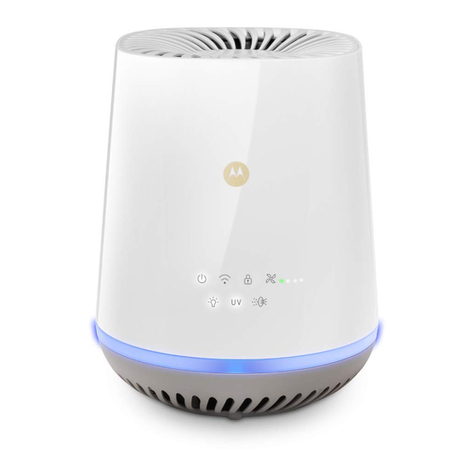
3
WARNING
Do not use a damaged power cord and
plug, or a loose power outlet.
This may cause electric shock, short circuit, or
fire.
Do not damage the power cord and
plug.
Do not unnecessarily bend, pull, twist, or bind the
power cord, place it close to a hot object, place a heavy
object on it, trap it between objects, or modify it.
•If the power cord is damaged, it must be replaced by
the manufacturer, its service agents, or a similarly
qualified person to avoid hazards.
This may cause damage, resulting in fire or electric
shock.
(Also take care that a pet does not bite the power cord.)
Do not repair, disassemble, or modify
the unit.
This may cause fire or electric shock.
For repairs, contact the retail store where you
purchased the product.
Do not put a wire, pole, other foreign
object or a finger into an air inlet,
outlet, rotating units or any other
opening into the unit.
This may cause electric shock or injury.
Use a 220-240 V AC power outlet.
Using other than a 220-240 V AC power outlet may
cause electric shock, short circuit, or fire.
Remove the power plug before
cleaning. Also, do not remove the
power plug with a wet hand.
This may cause electric shock or injury.
Remove dust from the power plug
regularly.
If dust accumulates, humidity, etc. may cause an
insulation failure, resulting in fire.
If the unit is operating abnormally or
fails, stop using it immediately.
• The unit does not operate when the power switch
is turned ON.
• The unit, power cord, or plug is abnormally hot.
• There is an abnormal noise or vibration during
operation.
• There is a burning smell.
• The operating sound is abnormally loud.
• Mounting screws are corroded or loose.
• The earth leakage circuit breaker trips frequently.
• There is another abnormality or failure.
Failure to do so may cause fire, electric shock, or
injury.
Immediately turn OFF the power switch and disconnect
the power plug, and then contact the retail store.
Do not allow flammable gas to be
sucked inside or use the unit where
flammable gas accumulates.
(Factory, beauty salon, etc.)
This may cause fire.
Do not use the unit in a location with the
oily smoke of machine oil or other oil.
This may cause cracking, resulting in electric shock.
Do not place the unit close to flammable
objects or objects lit with fire, such as
cigarettes or incense sticks.
This may cause a fire.
Do not stand on, sit on, or lean on the
unit, or place objects on it. Do not pull
the louvre with your fingers. Do not
place in an unstable location.
This may cause the unit to topple or fall and cause injury.
Do not wipe the unit
with benzene or thinner
or spray insecticide or
other chemicals onto it.
This may cause electric shock,
fire, or cracking and cause injury.
Do not operate the unit when using an
insecticide that produces smoke.
An accumulation of chemical components may be
released from the air outlet, and be harmful to health.
After using an insecticide, ventilate the area sufficiently
prior to operating the unit.
Do not move the unit except by holding
the handles.
This may cause the unit to topple and fall, or pinch
fingers, causing injury.
Do not install the unit where water may
be spilt onto it or where there is a lot
of humidity such as in a bathroom.
This may cause electric shock.
Should water or other liquid be spilt onto the unit, stop
operation and remove the power plug, and then contact
the retail store where you purchased the product.
Insecticide
Do not lay the unit
horizontally when
removing a filter.
This may cause dust to enter inside,
resulting in fire or electric shock.
Do not use a damaged filter
or operate the unit while a
filter is removed.
This may cause dust to enter inside,
resulting in fire or electric shock.
Do not come close to the main unit
while the unit is rotating.
In particular take care regarding children.
If you are sandwiched between the wall while rotating,
it may cause an injury.
Place the unit in a location where it
will not bump into a wall or furniture
while the unit is rotating.
This may cause damage to the wall or furniture.
Hold the bottom of the inlet panel when
installing the inlet panel.
If the top of the inlet panel is held, your hand can be
trapped causing injury.
When using the unit in combination
with a combustion appliance, ventilate
the room occasionally.
Carbon monoxide cannot be removed from the air,
so not ventilating the room may cause carbon
monoxide poisoning.
When disconnecting the power plug, pull
it out straight while holding not the cord
but the power plug.
Failure to do so may cause
electric shock or a short
circuit resulting in fire.
When the unit will not be used for a
long time, disconnect the power plug.
Failure to do so may cause the insulation to deteriorate,
resulting in fire from a short circuit or an electric shock.
Safety Precautions CAUTION
To prevent personal injury, injury to others, or property damage, the following precautions must be observed.
WARNING
Indicates a hazard caused by
mishandling that may result in
death or serious injury.
CAUTION
Indicates a hazard caused by
mishandling that may result in
a minor injury or damage to the
home and its contents.
The following categories describe hazards caused by mishandling
and their levels.
Prohibited
Beware of
rotating
device
Do not
disassemble
Do not
use near
water
The meanings of the graphic symbols used in this manual and on the
unit are as follows.
Observe
instructions
This appliance can be used by children aged from 8 years and above and persons with reduced physical, sensory
or mental capabilities or lack of experience and knowledge if they have been given supervision or instruction
concerning use of the appliance in a safe way and understand the hazards involved. Children shall not play with the
appliance. Cleaning and user maintenance shall not be made by children without supervision.
Note: This page is extracted from the full version instruction manual.
1. Safety Precautions
